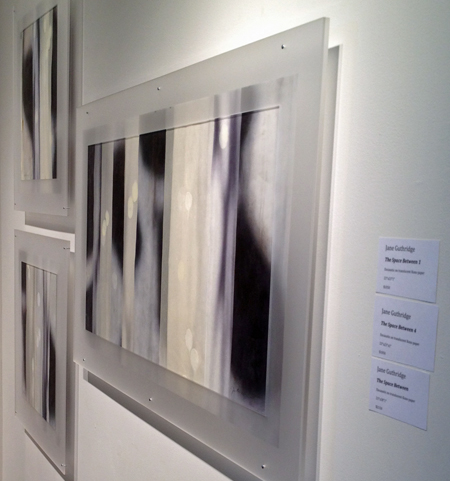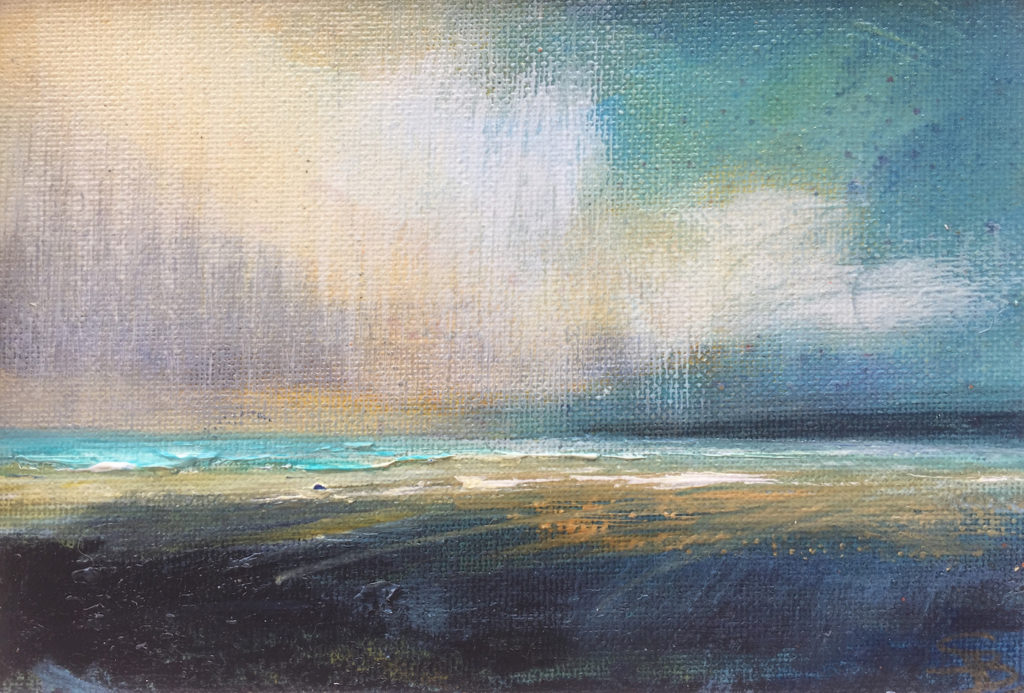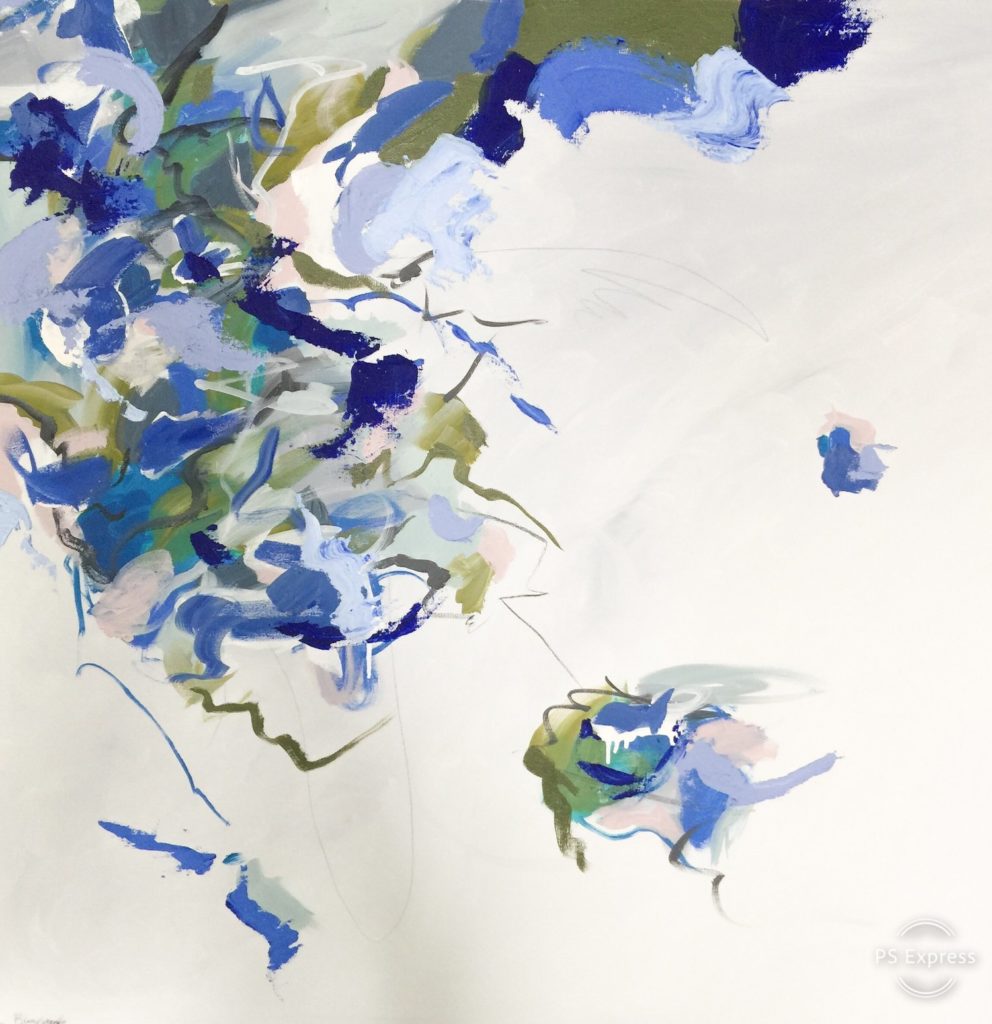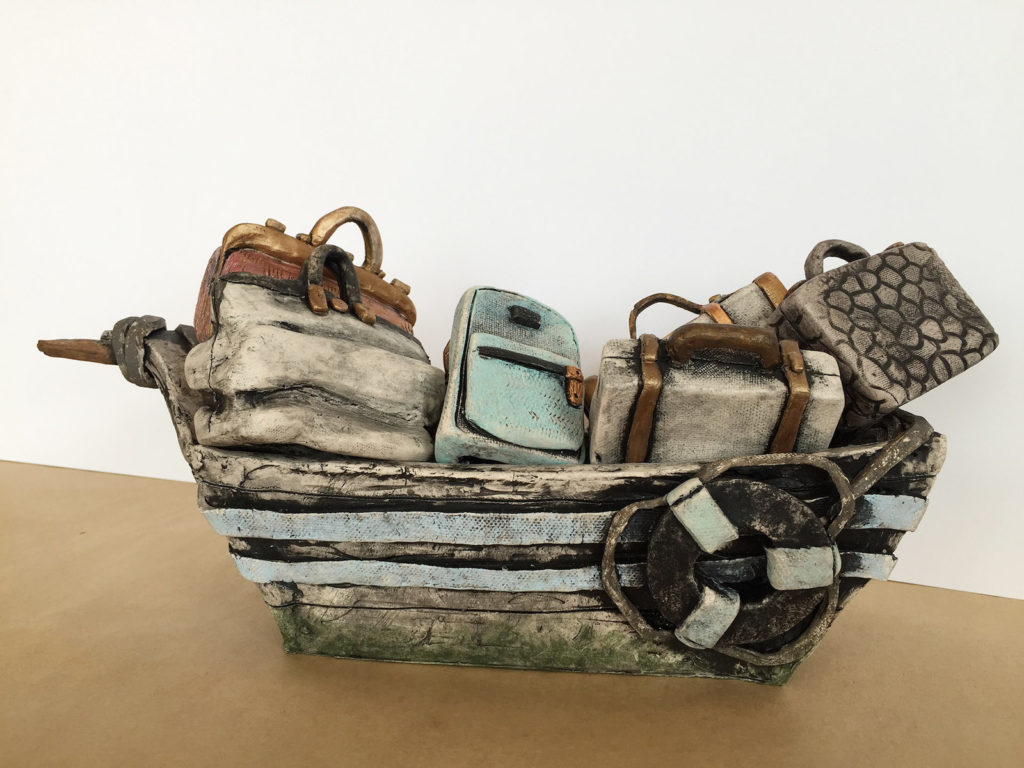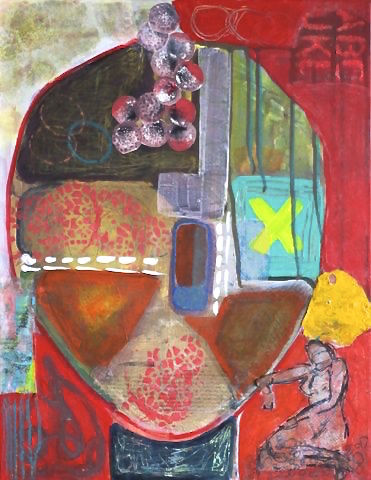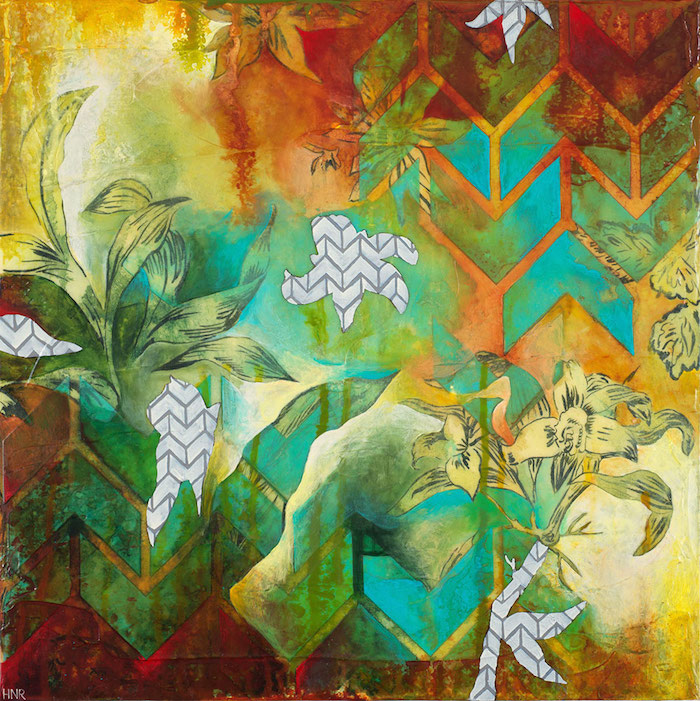The Art Biz ep. 59: My Best Practices for Working with an Assistant
Four and a half years ago I hired the best assistant I have ever had at Art Biz Success. She has been loyal, prompt, 200% dependable, and absolutely indispensable.
She was 21 years old at the time—about to turn 22—and had just graduated early from college.
I hit the jackpot.
In this episode of the Art Biz Podcast, I tell you exactly how I hired the perfect person for my business at the time. I also going to give you the steps I put in place to make sure that we maintained a good relationship and that, above all, she enjoyed her position.
I’ll touch on the hiring process, setting up an assistant for success, working together, and keeping her happy.
I’ll also share my mistakes. I’m sure there are more that I’m unaware of, but I can tell you about those I know.
I’ll be getting a little vulnerable and a lot sentimental. I’m sharing the story because I don’t know of a single artist who wouldn’t like a little more help with their business. Perhaps you’ll benefit from my experience.
I’ll start at the beginning, when I first began looking for a new assistant in early 2016.
The Art Biz ep. 59: My Best Practices for Working with an Assistant Read


